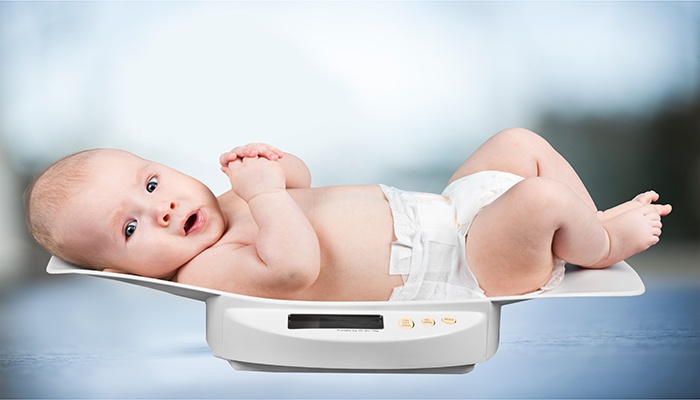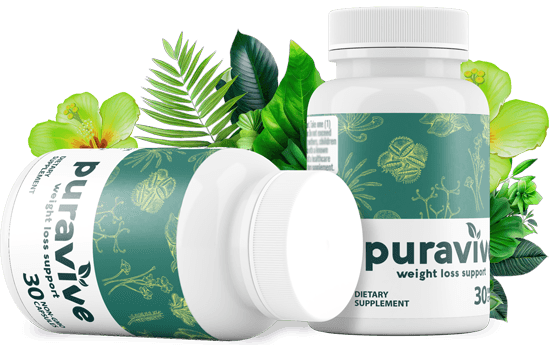Baby Massage Techniques: A Comprehensive Guide
Baby Massage Techniques: A Comprehensive Guide
Baby massage is a wonderful way to bond with your baby, help them relax, and relieve common discomforts like colic and gas. This guide will provide step-by-step instructions and highlight the benefits of baby massage.

Benefits of Baby Massage
- Bonding: Touch is a powerful way to connect with your baby. Massaging your baby can strengthen the emotional bond between you.
- Relaxation: Massage can help your baby relax and sleep better. It soothes their nervous system and reduces stress.
- Relief from Discomfort: Regular massage can help relieve gas, colic, and constipation. It stimulates digestion and helps with muscle relaxation.
- Improved Circulation: Massage helps improve blood circulation, which is crucial for a baby’s growth and development.
Preparing for the Massage
- Choose a Comfortable Space: Find a warm, quiet, and comfortable place to perform the massage.
- Gather Supplies: You’ll need a soft blanket or towel, baby-safe massage oil or lotion, and possibly a cushion for your knees.
- Wash Your Hands: Ensure your hands are clean and warm.
- Create a Calm Environment: Soft lighting and soothing music can help create a relaxing atmosphere.
Step-by-Step Baby Massage Instructions

1. Legs and Feet
Technique: Gentle Strokes and Rotations
- Start with the Legs: Begin by rubbing a small amount of oil or lotion between your hands. Gently hold one of your baby’s legs in your hands.
- Thigh to Ankle Stroke: Use your thumb and fingers to gently wrap around the top of the thigh. Slowly glide your hand down towards the ankle. Repeat this motion several times.
- Foot Massage: Gently rub the top and bottom of your baby’s foot. Use your thumb to make small circles on the sole.
- Toe Stimulation: Gently squeeze and release each toe. This can help with fine motor skills.
2. Tummy
Technique: Clockwise Circles and “I Love You” Strokes
- Clockwise Circles: Place your hand flat on your baby’s tummy. Move your hand in a clockwise circular motion. This follows the direction of the intestines and helps with digestion.
- I Love You Strokes: With your baby lying on their back, trace the letter ‘I’ on the left side of their tummy, then trace an upside-down ‘L’ across the tummy, and finally an upside-down ‘U’ from the lower right to the upper left side of the tummy.
3. Chest
Technique: Heart Shaped Motion
- Heart Shape: Place both hands flat in the center of your baby’s chest. Gently move them out to the sides and up in a heart shape, then back to the center.
- Cross Your Heart: Start at your baby’s shoulders and draw your hands down diagonally towards their opposite hips. Repeat this motion in a cross pattern.
4. Arms and Hands
Technique: Gentle Strokes and Finger Stimulation
- Arm Strokes: Hold one of your baby’s arms in your hands. Use your thumb and fingers to gently wrap around the top of the arm and glide down towards the wrist. Repeat this motion several times.
- Hand Massage: Gently rub the top and bottom of your baby’s hand. Use your thumb to make small circles on the palm.
- Finger Stimulation: Gently squeeze and release each finger. This can help with fine motor skills.
5. Back
Technique: Long Strokes and Small Circles
- Turn Baby Over: Place your baby on their tummy, either on your lap or a soft surface.
- Long Strokes: Start at the neck and move your hands down towards the bottom in long, gentle strokes.
- Small Circles: Use your fingertips to make small circles on either side of the spine. Avoid direct pressure on the spine itself.
6. Face
Technique: Gentle Strokes and Circles
- Forehead to Chin: Use your fingertips to gently stroke from the center of the forehead out towards the temples. Move down towards the cheeks and then from the nose out towards the ears.
- Cheek Circles: Use your fingertips to make small circles on the cheeks. This can be especially soothing for teething babies.
Tips for Successful Baby Massage
- Be Gentle: Always use gentle pressure. Babies are delicate and too much pressure can be uncomfortable.
- Watch for Cues: Pay attention to your baby’s reactions. If they seem uncomfortable or upset, stop the massage.
- Keep Sessions Short: Start with 5-10 minute sessions and gradually increase the time as your baby gets used to the massage.
- Consistency: Regular massage (daily or several times a week) can provide the most benefits.
- Stay Relaxed: Your baby can sense your mood. If you’re relaxed, they’re more likely to be relaxed too.
Video Demonstrations
Watching videos can be incredibly helpful for mastering baby massage techniques.
Conclusion
Baby massage is a simple yet powerful way to enhance your baby’s well-being and strengthen your bond. By following the step-by-step instructions and utilizing video demonstrations, you can confidently incorporate massage into your routine. The benefits of baby massage extend beyond relaxation to include improved digestion, relief from discomfort, and better sleep for your little one. Enjoy this special time with your baby and watch as they thrive under your gentle touch.
* The article is not a consultation or a medical decision in any matter you should consult with professionals







